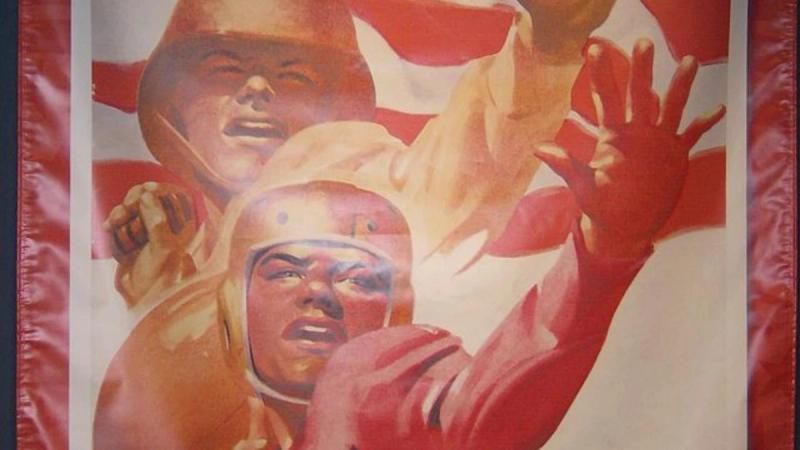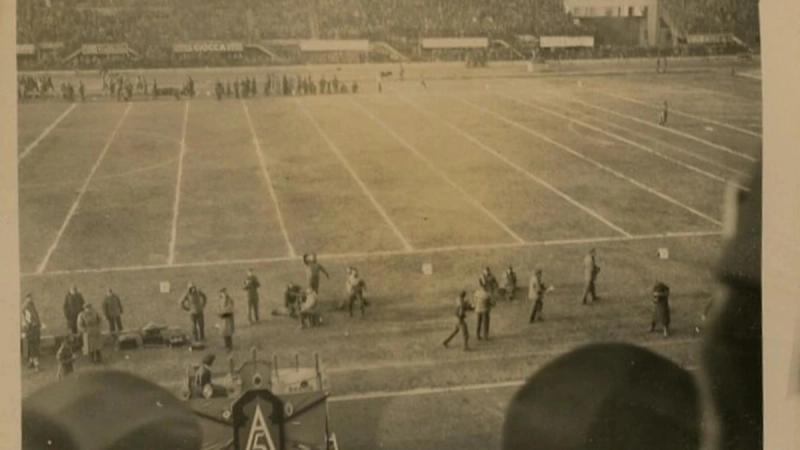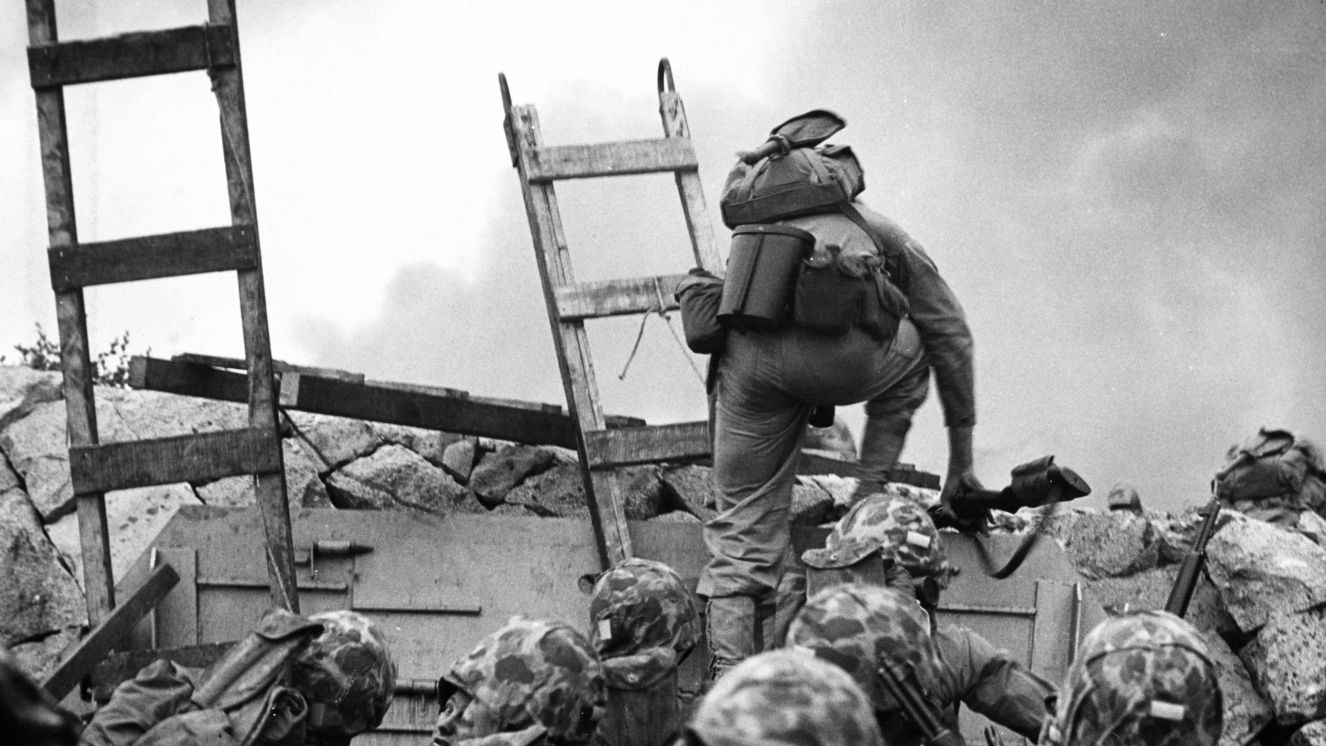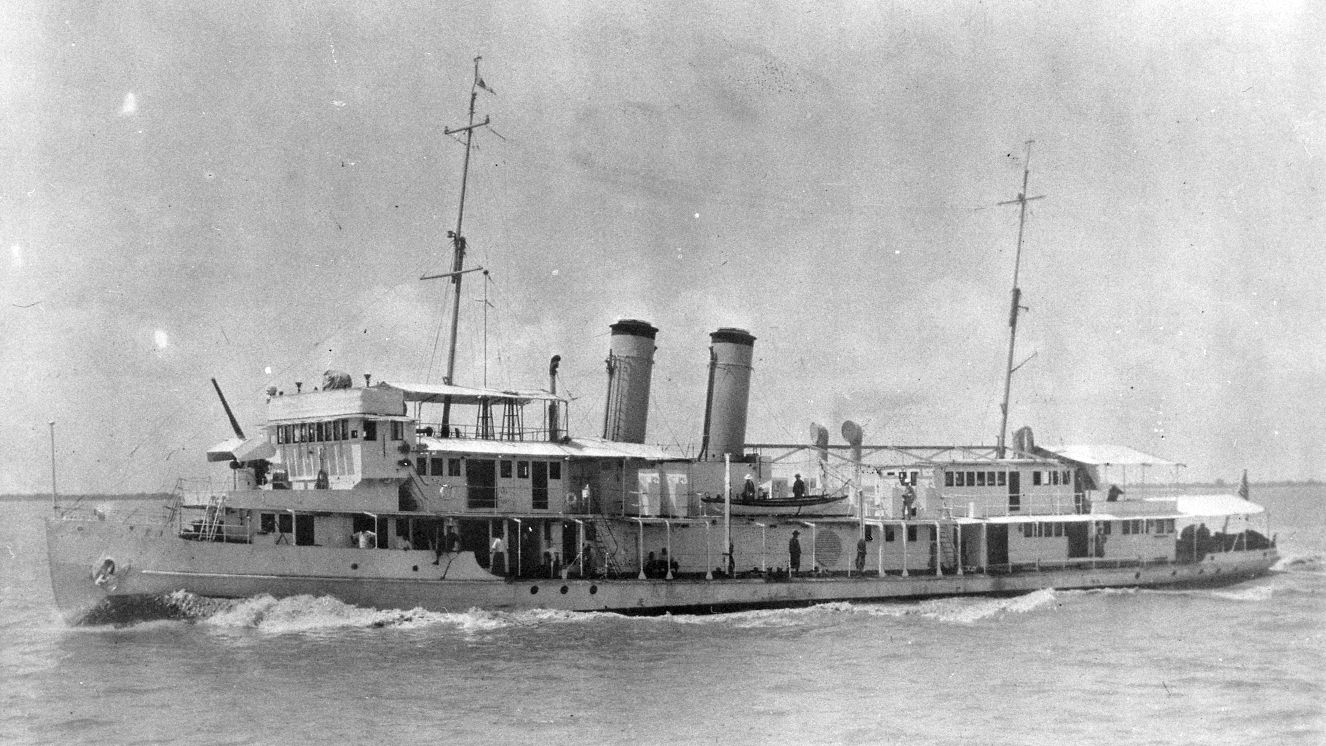THE STEAGLES: MERGING NFL RIVALS TO SURVIVE WWII

Today, it’s hard to perceive a conflict so massive that Americans would go without football but during World War II, this was the case for some fans. It’s simple, the U.S. needed able-bodied men for military service and if you’re willing to run around on the gridiron, chances are, you’re going to be a good candidate for becoming a troop. During this period, rosters were spread thin and some teams went on hiatus, but for Pittsburgh and Philadelphia, a temporary merger would give life to the Steagles as a way to keep their franchises alive.
Steagles 1943 Home Field Locations
The Steagles had two home fields as they represented two different cities within Pennsylvania:
- Shibe Park served as the team’s home in Philadelphia and held four games.
- Forbes Field was the home field while in Pittsburgh, located in a baseball park in the city’s Oakland neighborhood. This was the original home of the Steelers and hosted two games.
Furthermore, the Steagles uniform would also go more in Philadelphia’s favor as the team wore green and white instead of black and gold.

Formation of the Steagles During WWII
Officially, the Steagles were called the Phil-Pitt Combine, however, its much cooler nickname has endured the test of time.
While the idea of combining the teams together would come to be a reality during WWII, the merger was discussed well before.
In 1939, the Pennsylvania Keystoners was a proposed team where the owners would buy into one team and the other would be sent to Boston to be purchased by an ownership group.
Ultimately, those plans were rejected by the league, and in the process, Eagles owner Bert Bell would also end up as a part owner of the Steelers for a time.
But after the US entered WWII and as it went on, the need for men grew greater and the merger would become a temporary exception for the 1943 season.
WWII Decimates American Football
Hundreds of NFL players went from learning plays into a life of service as the United States entered World War II.
While President Franklin D. Roosevelt wanted to boost morale for the nation through sports, at the time, the country’s most popular sport was baseball, so MLB was the focus.
The NFL decided to give the 1943 season a go despite other football leagues ceasing operation. There was even disruption for many college football teams during 1943, including many prominent programs.
Deferments kept some players available but NFL rosters took serious hits.
Some players deferred being drafted if they had dependents, met certain marital/family criteria, held jobs helping vital war-related jobs, were deemed unfit for service, or were exempt from service to play football.
Both sets of players for the Steagles football team were the only players in the NFL who also had to have jobs supporting the war effort by working in defense plants while playing.
However, after all of this, there were only six Steelers and sixteen Eagles available to make a team. The NFL draft was also weak as many men simply went off to war.
Compounding the issue, Blacks were banned from the NFL because, again, it was 1943, and merging the franchises was back on the table.
Interestingly enough, Art Rooney, the owner of the Steelers, presented the idea once more, to which Eagles' owner and US Army Corporal Alexis Thompson, resisted at first but ultimately agreed because of Rooney’s role in keeping the Eagles in Philly, which was close to Thompson’s home in NYC.
Other owners almost derailed the plans but a narrow 5-4 vote would approve the merger facing otherwise uncertainty due to WWII.

Steagles 1943 NFL Season Performance
As the saying goes, “Too many cooks spoil the broth,” and such is the case for the Steagles.
Once the merger was underway, the team needed to select a head coach, however, neither Philadelphia's Greasy Neale nor Pittsburgh's Walt Kiesling was willing to be demoted.
The two ended up hating each other, only adding to the fact that Kiesling's own players also didn’t like him, yet, because neither wanted to budge, they co-managed the team.
Unsurprisingly, animosity among players was another hurdle for the team to overcome.
Both sets of players represented the Keystone State and were direct rivals who now had to work together for glory.
Newspapers were quick to grant the team its now infamous unofficial name, however, the Philly, the media continued to use the Philadelphia Eagles. Again, the rivalry runs deep.
Things started well with the team winning its first two football games, including an incredible 28-14 win over the New York Giants while setting a record for the most fumbles in a game (10) that has since been matched twice but never surpassed.
However, the Steagles would end up with a 5-3-1 going into the final week, with the Green Bay Packers standing between the merged team heading to the division championship—the Packers won 38-28.
While this would prove somewhat disappointing, it’s worth noting that this period was well before either the Steelers or the Eagles had come into the franchises they are today—this was the first winning season for Philly and only the second for Pittsburgh.
The next season would return things back to normal due to draft changes from the Army which had enough Soldiers for the war effort.
However, because the NFL would end up having 11 teams, it created logistical issues for the league, which is why NFL Commissioner Elmer Layden tried to have the two sides merge once more.
Pittsburgh owner Art Rooney didn’t like the idea but was willing to go through with it, it’s worth noting that the Steelers still had roster issues due to the war, but the Eagles didn’t want to.
Instead, the Steelers would merge with the Chicago Cardinals in 1944, forming the Card-Pitt, rudely called “carpet” because they were “walked on” by other teams that season going winless.
Since the WWII era, a lot has changed for both franchises with the Eagles winning four NFL championships and one Super Bowl and the Steelers winning six Super Bowls.
The Steagles are an anomaly that is part of the weird, incredible histories of two of the NFL’s most storied franchises and their ties to the most destructive war the world has ever seen.
Suggested reads:
BY BUDDY BLOUIN
Buddy Blouin is a Contributing Writer at VeteranLife.com
Buddy Blouin is a Contributing Writer at VeteranLife.com



